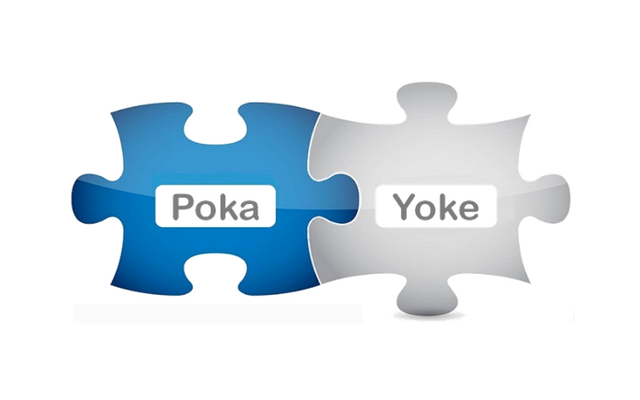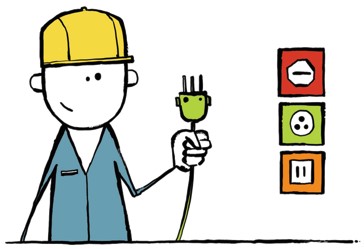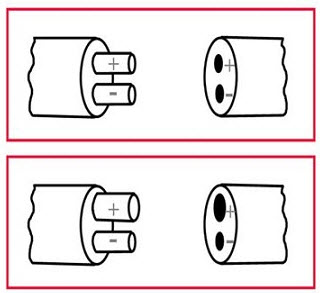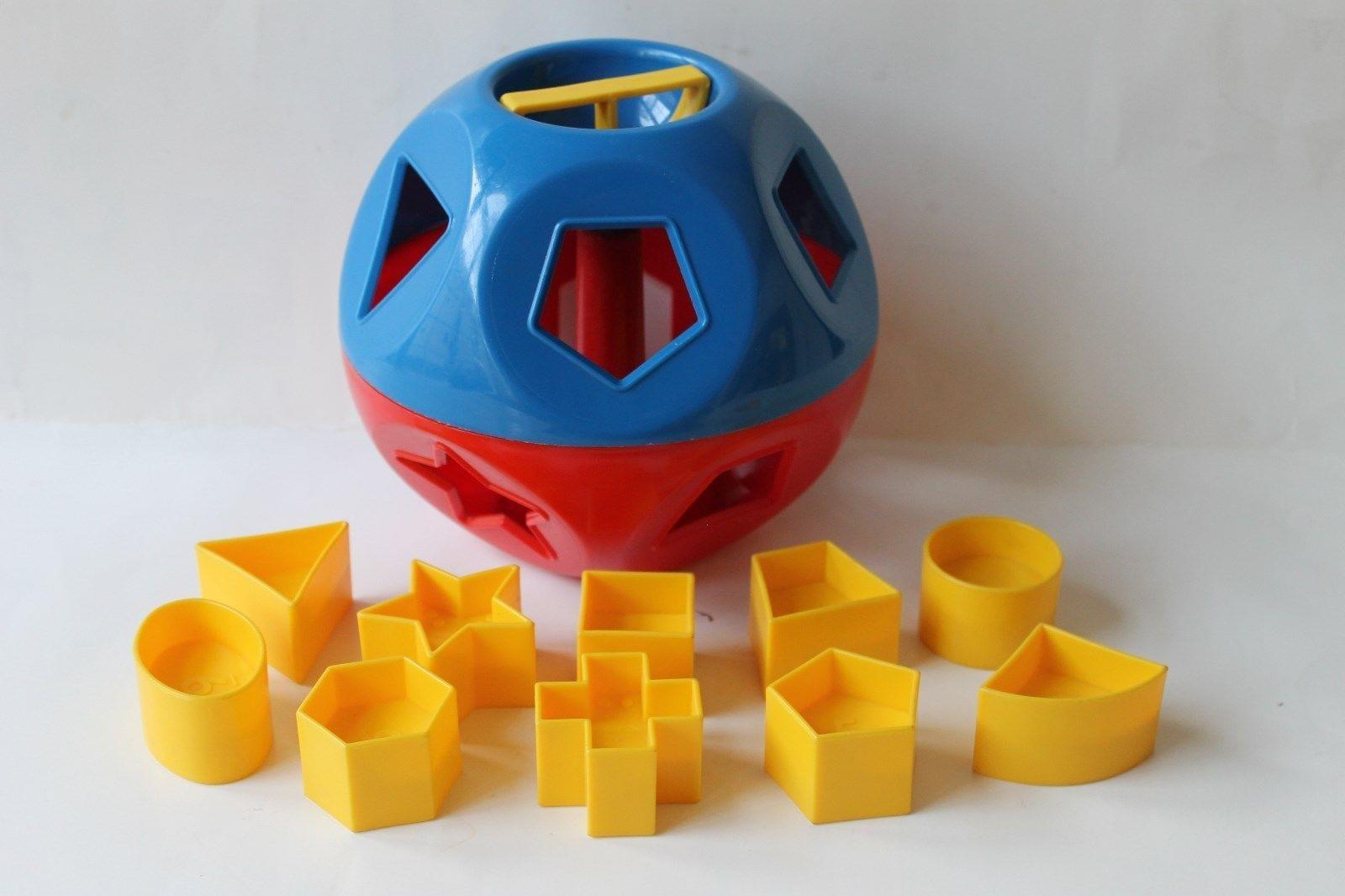Poka-Yoke
What is Poka-Yoke

Poka-yoke is a Japanese term that means “mistake-proofing".
Poka-yoke was coined in Japan during the 1960s by Shigeo Shingo who was one of the industrial engineers at Toyota.
The initial term was baka-yoke, which means ‘fool-proofing’. In 1963, a worker at Arakawa Body Company refused to use baka-yoke mechanisms in her work area, because of the term’s dishonorable and offensive connotation. Hence, the term was changed to poka-yoke, which means ‘mistake-proofing’ or more literally avoiding (yokeru) inadvertent errors (poka).
A poka-yoke is any mechanism in a process that helps an equipment operator avoid (yokeru) mistakes (poka). Its purpose is to eliminate product defects by preventing, correcting, or drawing attention to human errors as they occur.
Poka-yoke can be implemented at any step of a manufacturing process where something can go wrong or an error can be made. For example, a digital counter might track the number of spot welds on each piece to ensure that the worker executes the correct number of welds.

Shigeo Shingo recognized three types of poka-yoke for detecting and preventing errors in a mass production system:
The contact method identifies product defects by testing the product's shape, size, color, or other physical attributes.
The fixed-value (or constant number) method alerts the operator if a certain number of movements are not made.
The motion-step (or sequence) method determines whether the prescribed steps of the process have been followed.
Either the operator is alerted when a mistake is about to be made, or the poka-yoke device actually prevents the mistake from being made. In Shingo's lexicon, the former implementation would be called a warning poka-yoke, while the latter would be referred to as a control poka-yoke.
Shingo argued that errors are inevitable in any manufacturing process, but that if appropriate poka-yokes are implemented, then mistakes can be caught quickly and prevented from resulting in defects. By eliminating defects at the source, the cost of mistakes within a company is reduced

Why poka-yoke is important
Poka-yoke helps people and processes work right the first time. Poka-yoke refers to techniques that make it impossible to make mistakes. These techniques can drive defects out of products and processes and substantially improve quality and reliability. It can also be used to fine tune improvements and process designs from six-sigma Define - Measure - Analyze - Improve - Control (DMAIC) projects.
The use of simple poka-yoke ideas and methods in product and process design can eliminate both human and mechanical errors. Poka-yoke does not need to be costly. For instance, Toyota has an average of 12 mistake-proofing devices at each workstation and a goal of implementing each mistake-proofing device for under $150

When to Use poka-yoke
Poka-yoke can be used wherever something can go wrong or an error can be made. It is a technique, a tool that can be applied to any type of process be it in manufacturing or the service industry. Errors are many types…
Processing
error
Process operation missed or not
performed per the standard operating procedure.
Setup
error
Using the wrong tooling or setting
machine adjustments incorrectly.
Measurement
error
Errors in machine adjustment, test
measurement or dimensions of a part coming in from a supplier.

How to Use poka-yoke
Identify the operation or process - based on a pareto.
Analyze the 5-Ws and understand the ways a process can fail.
Decide the right poka-yoke approach, such as using a shut out type (preventing an error being made), or an attention type (highlighting that an error has been made)
A poka-yoke can be electrical, mechanical, procedural, visual, human or any other form that prevents incorrect execution of a process step.
Determine whether a contact - use of shape, size or other physical attributes for detection, constant number - error triggered if a certain number of actions are not made.
Sequence method - use of a checklist to ensure completing all process steps is appropriate.
Trial the method and see if it works.
Train the operator, review performance and measure success.
The concept of poka-yoke is simple to understand and very powerful in its results. Only focusing on one single small thing with laser focus can solve many problems in one go.